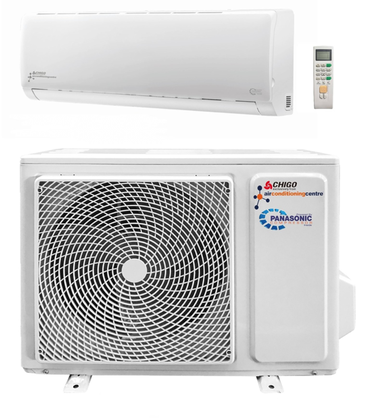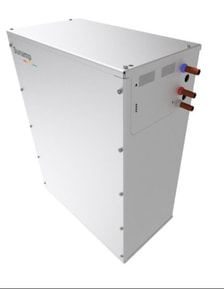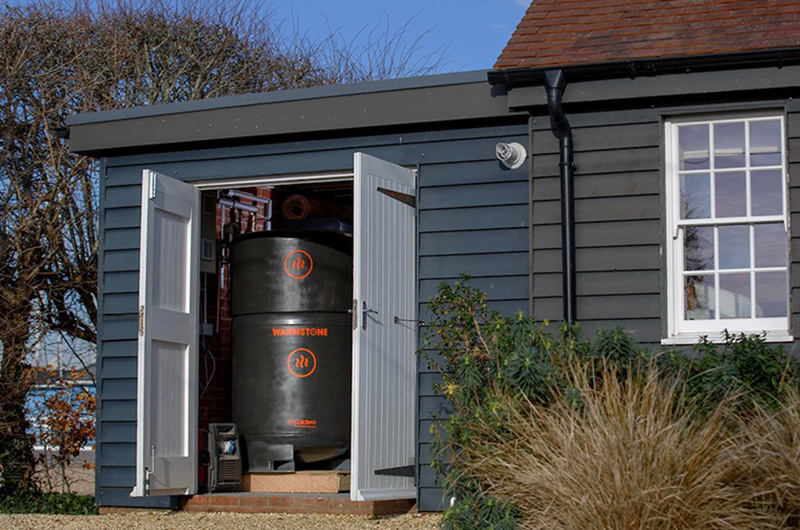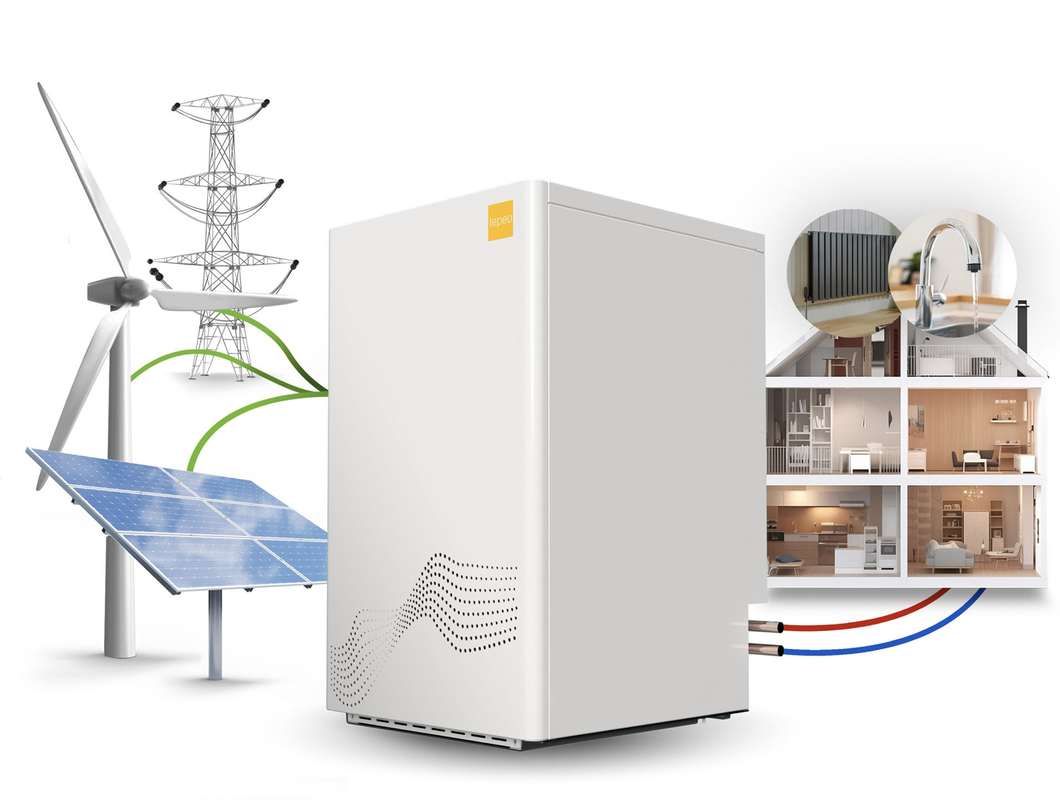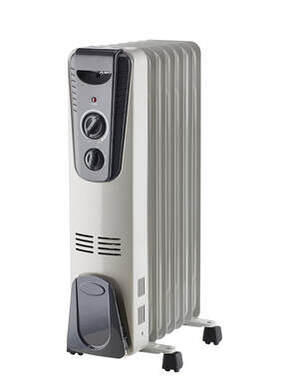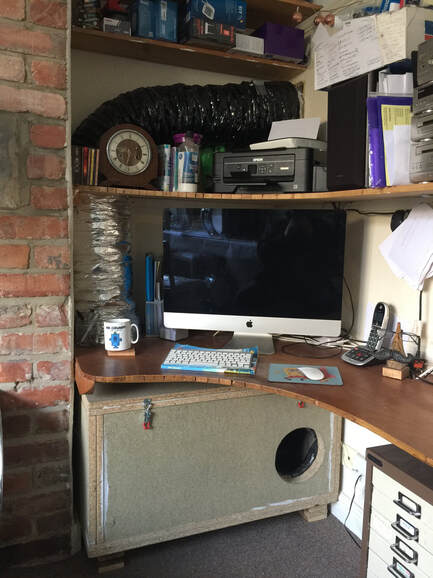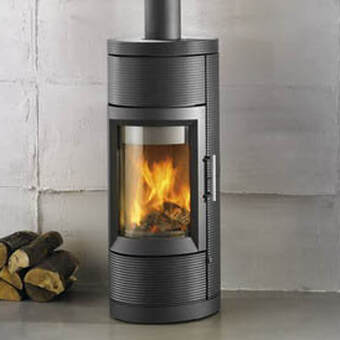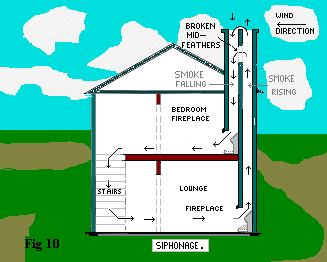Low carbon Heating
Efficient houses do not need expensive boilers & heating systems. Passive houses require very little heat input usually just the sun, people and appliances are enough, or a simple direct electrical heating device will suffice, such as underfloor or a simple plugin heater.
Heating with electricity at night can be much cheaper and generally has a lower carbon intensity than day time. Switch your tariff to 100% renewable electricity such as octopus.energy to really lower your carbon footprint.
When To Heat ?
Ideally electric heating should be storing heat at night when electricity is cheapest and greenest. Houses with a large thermal mass and good insulation can "coast" through the day. Maintaining temperature through the day.
Export Tariff vs Night Tariff
If you have solar PVs & heat pump combo you might want to use that to heat the house during the day, but UK solar export Tariffs have increased to 15p/kWh but night rate can be as low as 7.5p. making it more cost effective to heat, charge, wash etc at night and export during the day.
Air / Ground source heat pump ✅
Heat pumps give you more heat (or cooling) energy than you put into them, generally giving you 3-5 time the energy you have put into them.
Cheap and easy or big and expensive ?
This will depend on your House style, size & Insulation level.
Cheap and easy or big and expensive ?
This will depend on your House style, size & Insulation level.
Air to Water Heat Pumps (with radiators)
|
The typical air source heat pump, you are looking at costs ranging from £9,000 to £20,000.
You may have to change your current radiators for larger ones as the water in not as hot so requires a bigger surface area. You can "coast" through the day and heat at night on low tariff for further savings and when combined with solar PVs gives the greatest savings on energy costs. |
|
Pros
|
Cons
|
Heating & Cooling NO Radiators
|
Pros
|
Cons
|
Further resources
Checkout the most efficient heat pumps at Heatpumpmonitor.org
Heat Batteries
Some heat batteries store heat in hot rocks (500c) such as Caldera , others store as latent heat like those hand warmers you have to break to start off. They both have the advantage of being able to use cheap off peek electricity.
Sun Amp Sun Amp Heat Batteries can be charged using any energy source. You can off-set peak energy costs by charging your Heat Battery with cheaper off-peak electricity, or divert energy from your solar PV, heat pumps or other renewable sources. Once charged, the heat can be released instantly when needed, delivering hot water and space heating during peak times.
|
Pros
Caldera |
Zero Emission Boiler (ZEB)
|
The ZEB is powered by low carbon electricity - charging up whenever the grid is cleanest.
Working with time-of-use tariffs, the ZEB uses off-peak power to keep running costs low, roughly 1/4 of the day time tariff. |
Electric heater
Running 1 or 2 oil filled heaters that cost a few pounds each could save you a fortune in installation. Run them on a timer if you ave cheap night rate
|
Pro's
Con's
|
Bitcoin mine heating
Imagine an expensive hair dryer that just happens to make money ! Bitcoin mining hardware (ASIC's) blow out lots of warm air 40c (104F), why not use it to heat your house?
Power it with 100% renewable electricity and you have zero emissions heating. Once set up it's just a matter of flicking a switch or setting a timer to turn it on. Then eventually selling (or not) the resulting Bitcoin to pay for the electricity.
Power it with 100% renewable electricity and you have zero emissions heating. Once set up it's just a matter of flicking a switch or setting a timer to turn it on. Then eventually selling (or not) the resulting Bitcoin to pay for the electricity.
|
Pros
|
Here's a breakdown / comparison between ASIC heating vs Gas boiler. More mining info here
www.thehodler.info/mining
www.thehodler.info/mining
Wood Stove
Everyone loves a wood stove (apart from the neighbours) . I have a wood stove as a back up if there is a power cut.
|
Pros
Cons
|
Bitcoin Lightning tips greatly appreciated
|


